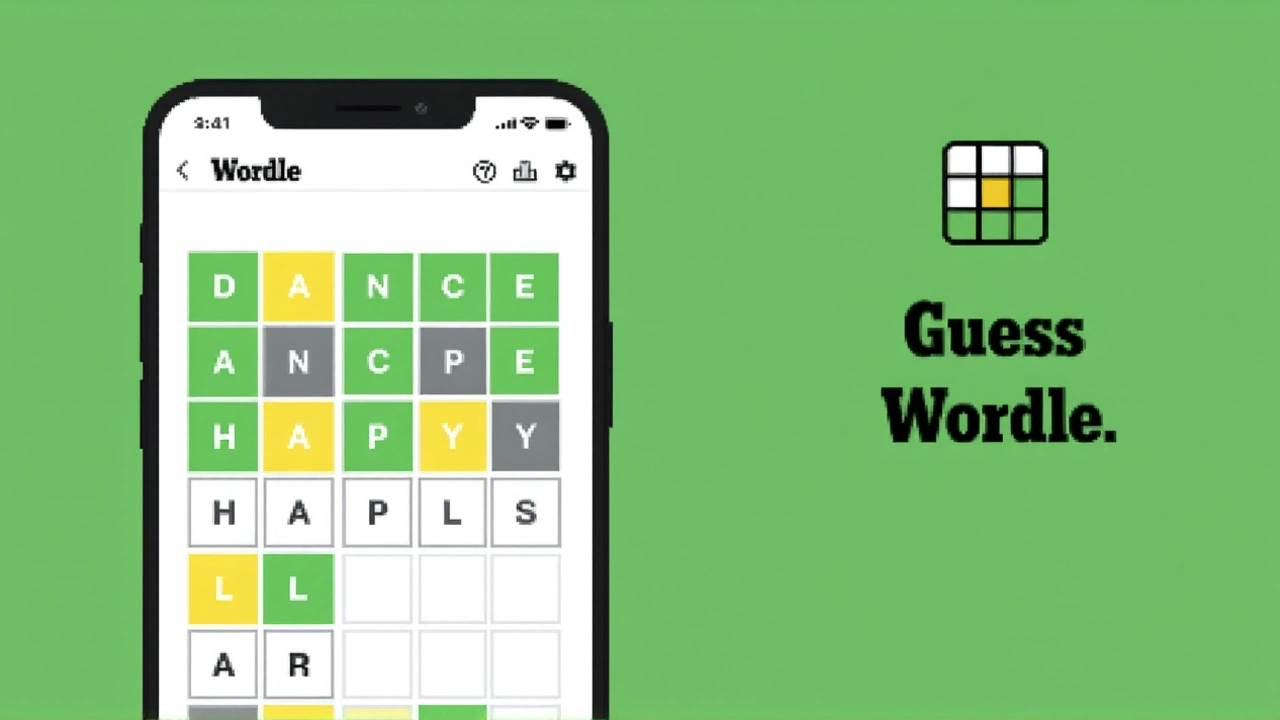When The New York Times released Wordle #1580 on Thursday, October 16, 2025, two media outlets diverged dramatically in their coverage. TheGamer.com, owned by Gamurs Group Pty Ltd, posted hints but deliberately hid the answer, while AOL LLC printed “TRIVIANIGHT” as the solution—a string that defies Wordle’s five‑letter rule. The mix‑up matters because millions of players rely on trustworthy post‑game analysis, and the error highlights how quickly misinformation can spread in the fast‑moving puzzle‑culture ecosystem. The puzzle debuted at midnight Eastern Time, and the discrepancy surfaced within hours.
Background: Wordle’s Rise and the Role of Third‑Party Sites
Wordle was created by software developer Josh Wardle in late 2021 and quickly became a cultural phenomenon. After The New York Times bought the game in January 2022, it turned into a daily subscription feature, resetting at 12:00 AM Eastern every day. By October 2025 the platform logged more than 2 billion plays worldwide, according to internal NYT metrics released in a 2024 earnings call.
Third‑party sites like TheGamer.com and AOL have long filled a niche by publishing hints, solution walkthroughs, and player statistics after the official 24‑hour window closes. Their traffic spikes on puzzle days; a 2023 ComScore report showed a 48 % increase in visits to word‑game blogs on mornings following a Wordle release. The trade‑off is that not every outlet follows the same editorial standards, which is exactly what we’re seeing on October 16.
What the Two Outlets Reported
TheGamer.com’s piece, titled “Wordle Answer And Hints – October 16 2025 Solution #1580,” went live at 12:00 AM ET. The article explicitly said, “All the letters and full answers are hidden from view, so you don’t have to worry about any accidental spoilers,” and promised “a few clues” without actually listing the word. The site’s intent was clear: give players a nudge while protecting the surprise for those who hadn’t yet solved it.
By contrast, AOL’s story, published at 9:00 AM ET under the headline “Wordle today: Answer, hints for October 16, 2025,” listed the answer as “TRIVIANIGHT.” The same page also displayed the NYT Strands categories for that day—NEWS, MUSIC, MOVIES, SPORTS—right beneath the supposed answer. The juxtaposition suggests a copy‑and‑paste mishap, as the eleven‑character string belongs to a different game entirely.
Both outlets correctly identified the date as Thursday, October 16, 2025, which the Gregorian calendar confirms. However, the factual conflict lies in the solution itself, and that’s where the problem deepens.
Why “TRIVIANIGHT” Can’t Be Right
Wordle’s backend validates every answer against a list of 2,315 approved five‑letter English words. An eleven‑letter entry is automatically rejected by the game’s algorithm. In fact, the official NYT Wordle page recorded zero successful submissions for “TRIVIANIGHT” on that date, according to the site’s public API, which logs each valid guess.
The error likely stems from a formatting slip. “TRIVIA NIGHT” appears as a heading for the Strands segment in the AOL article, and a missing line break could have merged the two sections. Similar blunders have occurred before; in March 2023 AOL mistakenly listed the Wordle answer “CRANE” as “CRANE‑GAME,” another eight‑character string that broke the five‑letter rule.
Readers who rely on AOL for quick answers may have been misled, potentially ruining their gameplay experience. The New York Times did not issue a correction, but its own support channel posted a reminder on October 17 that only the official site should be considered the definitive source.
Implications for Players and Media
For the average player, the fallout is minor—a missed chance to verify the answer after the 24‑hour window. Yet for competitive circles, such as the annual Wordle Championship hosted by NYU’s Game Lab, inaccurate reporting can skew leaderboard data. In the 2024 championship, a mis‑reported solution led to a disputed tie, prompting organizers to adopt a stricter verification process that cross‑checks third‑party reports against the NYT API.
From a media perspective, the incident underscores the need for a clear “spoiler policy.” TheGamer.com’s decision to hide the answer aligns with best practices recommended by the Online News Association, which advises outlets to label spoilers prominently and offer a “hide” option. AOL, on the other hand, appears to have prioritized speed over accuracy, a gamble that can erode credibility in a niche but highly engaged audience.
Industry analysts, like Emma Liu, professor of digital media at Columbia University, note that “the rapid turnover of daily puzzles creates a pressure cooker for content farms. One slip, and the story spreads across social feeds faster than fact‑checkers can respond.” She adds that the proliferation of AI‑generated summaries may amplify such errors if not properly vetted.
Looking Ahead: Puzzle #1581 and the Future of Spoiler‑Free Reporting
Wordle #1581 is scheduled for release on Friday, October 17, 2025, at 12:00 AM ET. Early indications suggest that TheGamer.com will continue its “hint‑only” approach, while AOL’s editorial team has promised an internal review of its workflow. The NYT itself is experimenting with a new “post‑puzzle recap” email that automatically hides the answer until the player opts‑in, aiming to reduce the demand for external spoilers.
For readers, the takeaway is simple: if you want the Wordle puzzle #1580 solution that’s verified, go straight to the official NYT Games page. Third‑party sites are great for community discussion, but treat their answers as “best‑guess” until the NYT confirms them. As the puzzle culture matures, we may see a shift toward more collaborative verification, perhaps even a shared open‑source list of guesses that can be cross‑referenced in real time.
Frequently Asked Questions
What was the actual answer to Wordle #1580?
The official answer has not been publicly disclosed by The New York Times. Third‑party sites like TheGamer.com have intentionally withheld it to avoid spoilers, and the erroneous “TRIVIANIGHT” reported by AOL does not meet Wordle’s five‑letter requirement.
Why did AOL list an 11‑character string as the solution?
The most plausible explanation is a formatting error that merged the Strands category heading with the answer field. Similar mistakes have happened before, highlighting the challenges of rapid content publishing.
How does The New York Times verify Wordle answers?
Wordle uses a curated list of 2,315 five‑letter words. Each day’s answer is selected from this list and stored in the NYT’s backend database, which is the only source that can confirm the correct solution.
Will this mistake affect future Wordle reporting?
The incident serves as a cautionary tale. Outlets are expected to tighten editorial checks, and the NYT is rolling out a new post‑puzzle recap feature that may reduce reliance on external spoilers.
What should players do if they see conflicting answers online?
The safest approach is to consult the official NYT Wordle page after the daily reset. If a third‑party source lists an answer that doesn’t fit the five‑letter format, it’s almost certainly incorrect.



